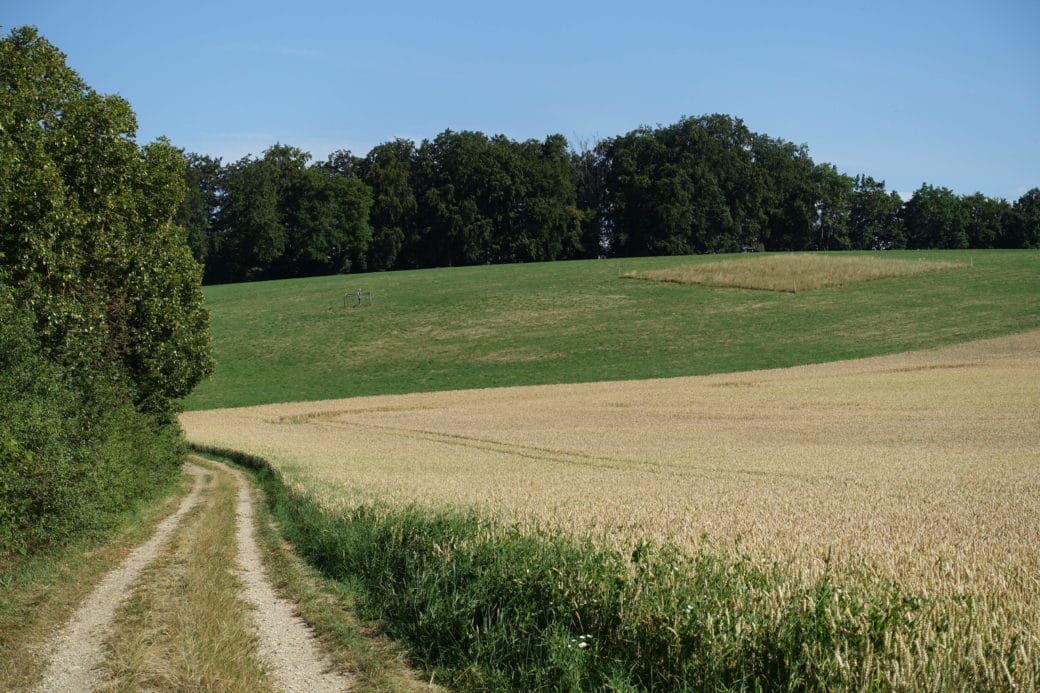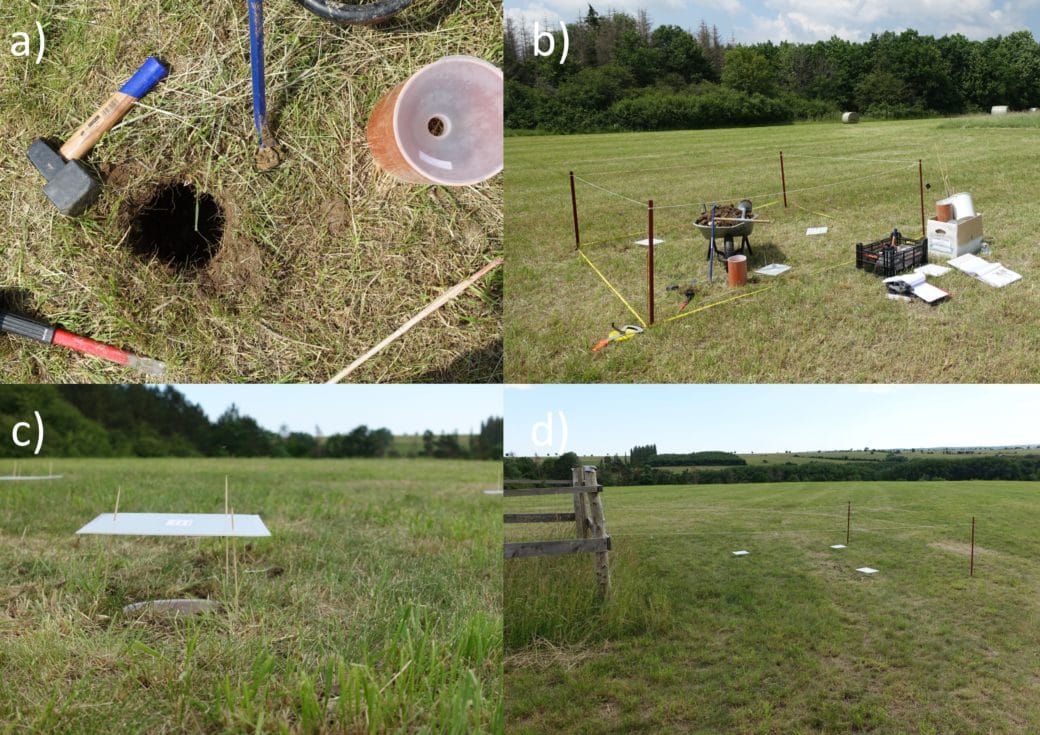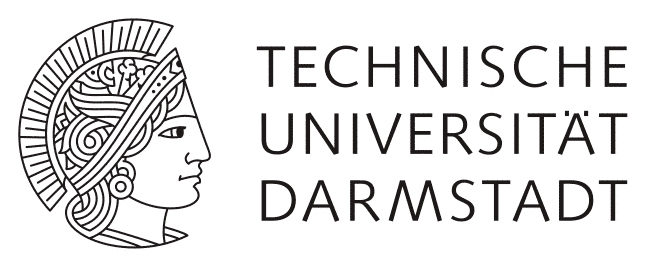Seed predation and diversity of arthropod communities in response to land-use intensity

Land-use intensification is an important driver of biodiversity loss in terrestrial ecosystems. Studies in grassland ecosystems have shown that changes in local plant species richness can have bottom-up effects on higher trophic levels, biotic interactions and associated ecosystem processes. In turn, one of these processes, the post-dispersal seed predation, can exhibit severe effects on plant species demography, ultimately altering species diversity and community structure in a system. To date, we lack a clear understanding how seed predation and the underlying communities react to changes in grassland management along a full land-use gradient.
The SPRINT project is embedded in the new multisite grassland experiments REX and LUX (Fig. 1). In this context, we aim to study ground-dwelling arthropod communities and seed predation in response to changes in land-use intensity (such as altered mowing or grazing and fertilisation) and vegetation characteristics (i.e. local plant community composition, biomass production, and seed rain).
(i) Monitoring changes in arthropod species and functional group richness, trait diversity and community composition in all three regions of the Biodiversity Exploratories on plots of the new multisite grassland experiments (REX and LUX). We use funnel traps to sample ground-dwelling arthropods with a focus on carabid beetles (Fig. 2).
(ii) Quantifying seed predation by conducting a field experiment focussing on the Hainich-Dün exploratory. We also will disentangle the relative contribution of different taxa of seed predators using a food choice cafeteria-style design with exclusion treatments.
(iii) Assessing the feeding preferences of arthropod seed predators. We conduct trait measurements such as body size and mandibular width by using HD microscope techniques. Additionally, measurements of elemental contents of both consumer and seed-resources will yield novel insights in feeding interactions (i.e. stoichiometry constraints on consumer-resource interactions).










